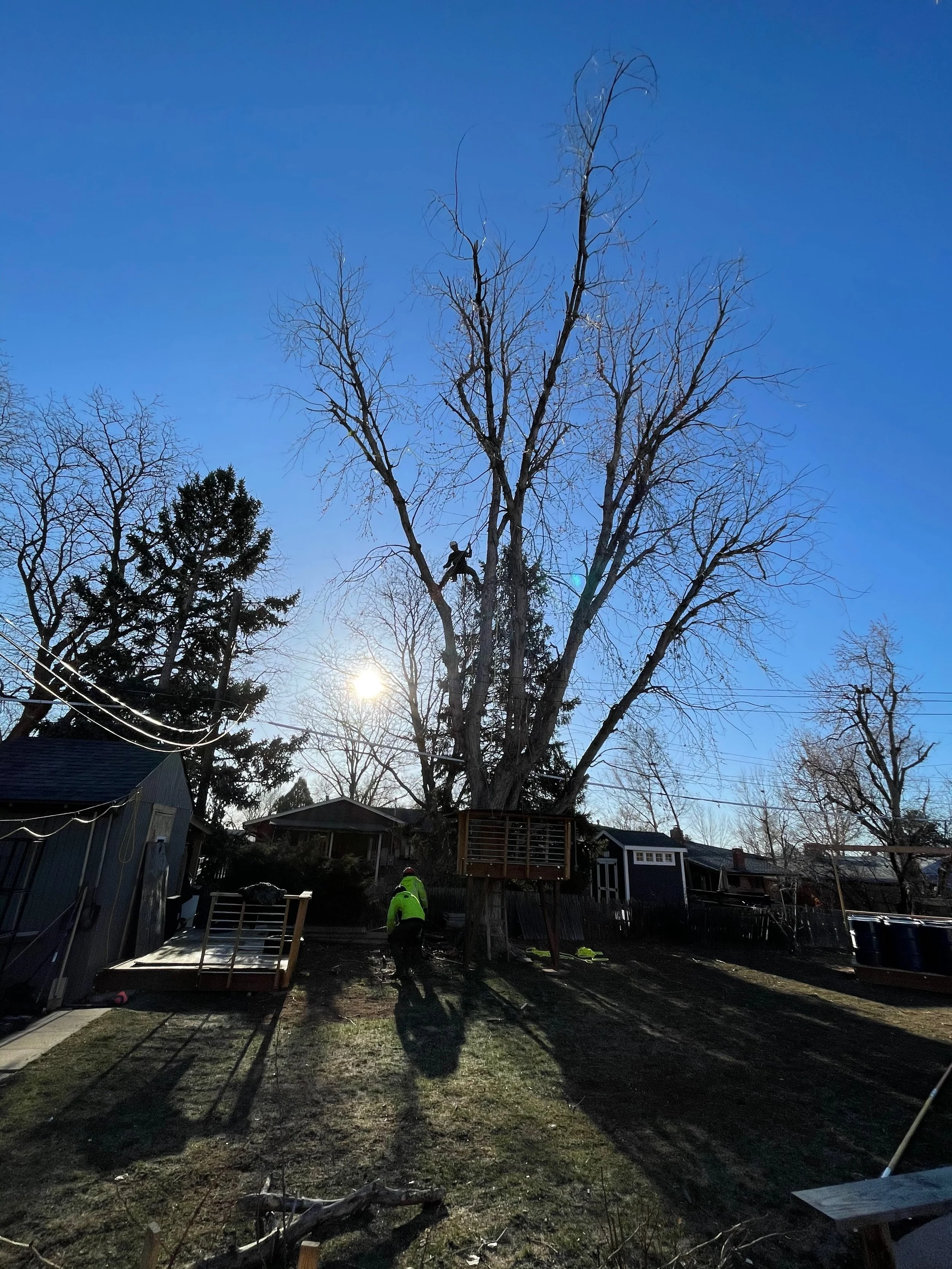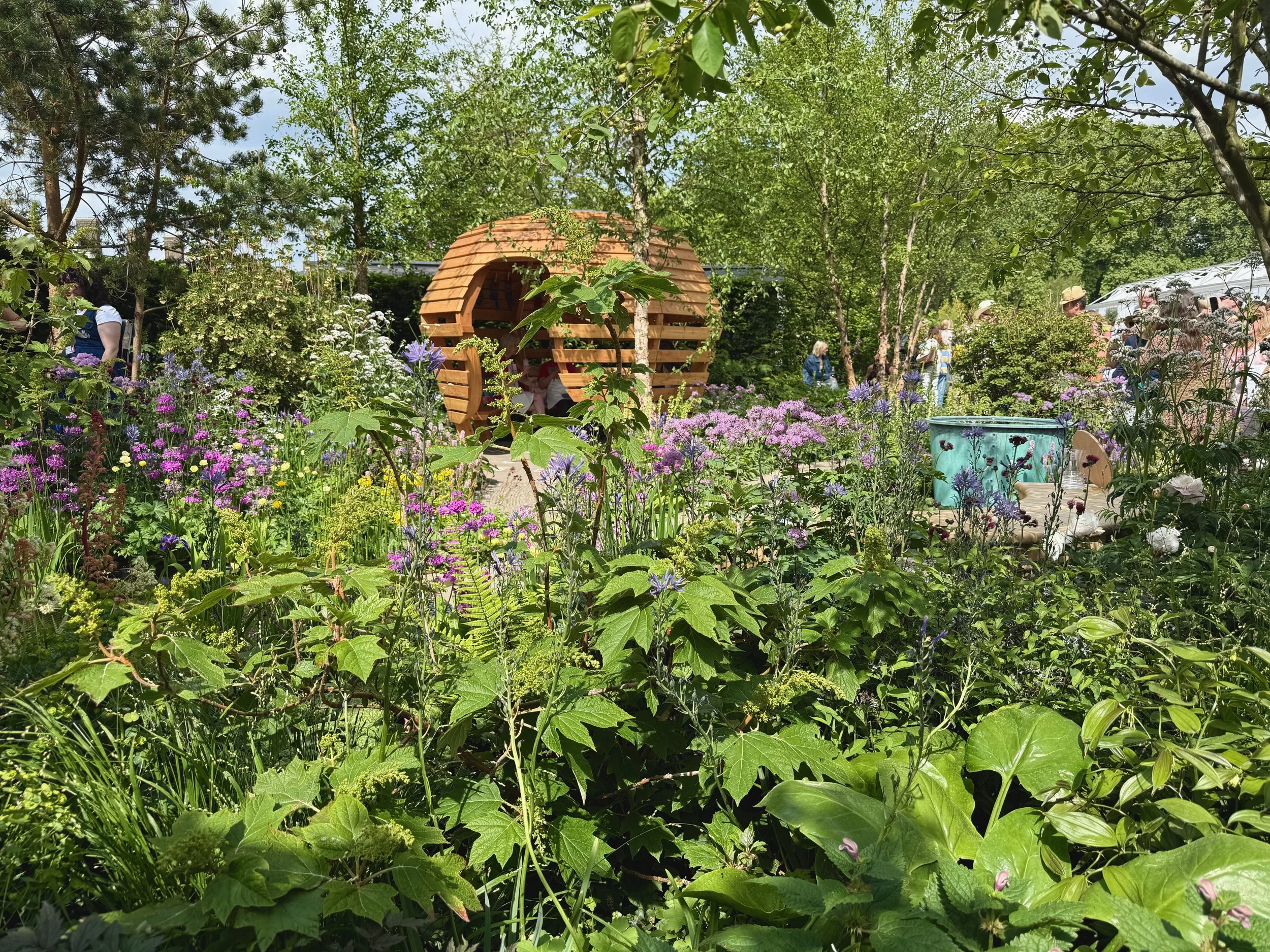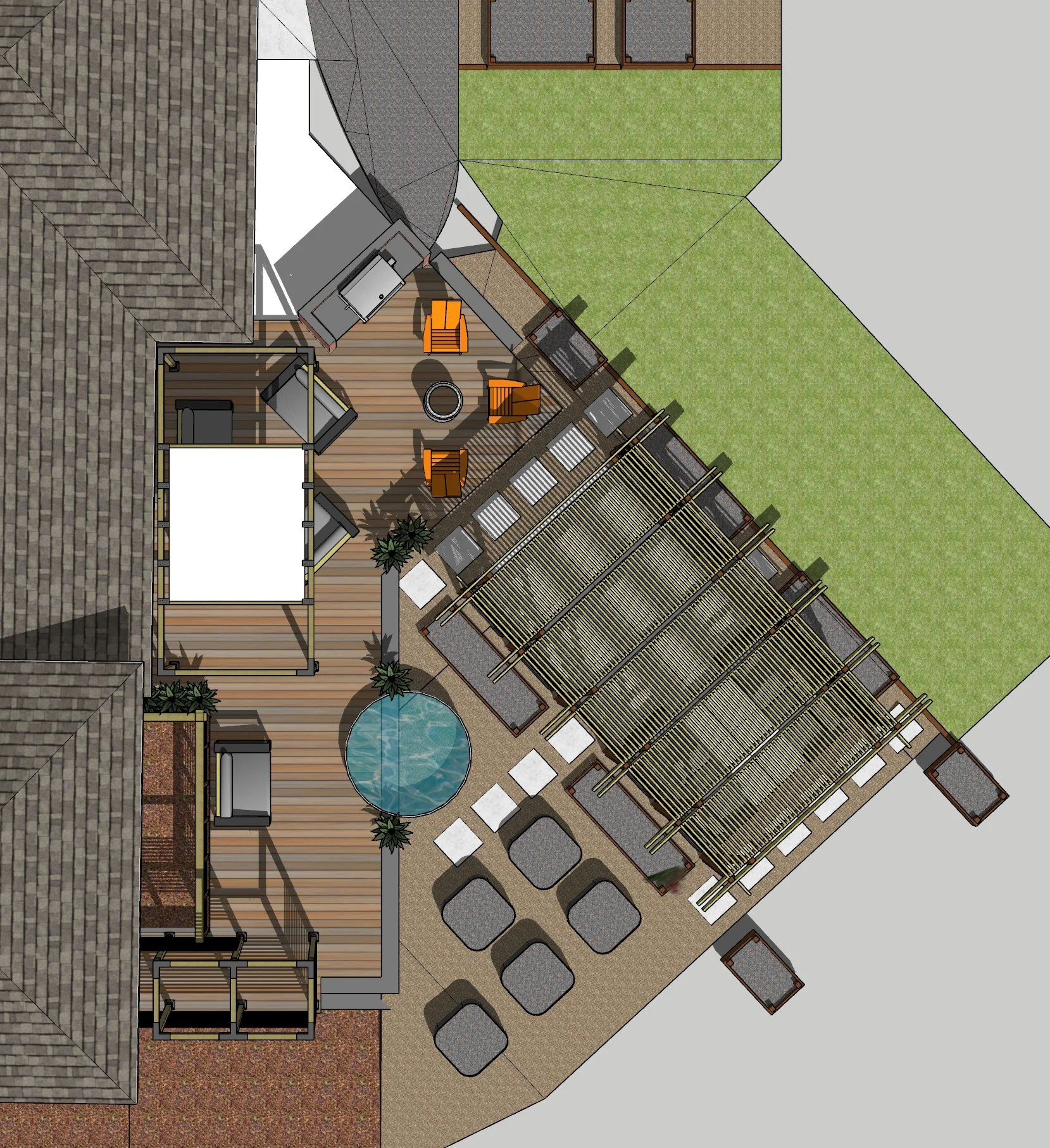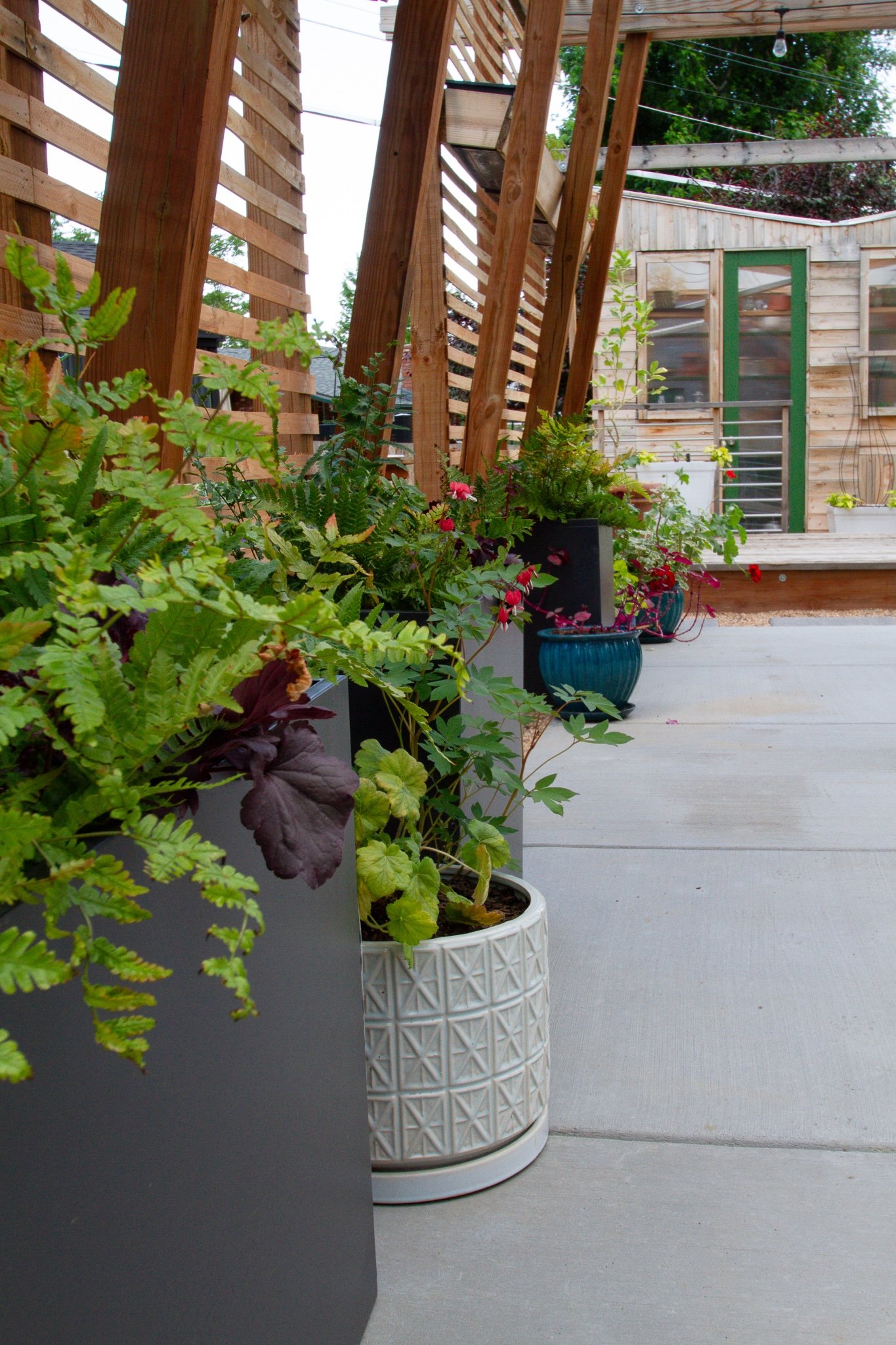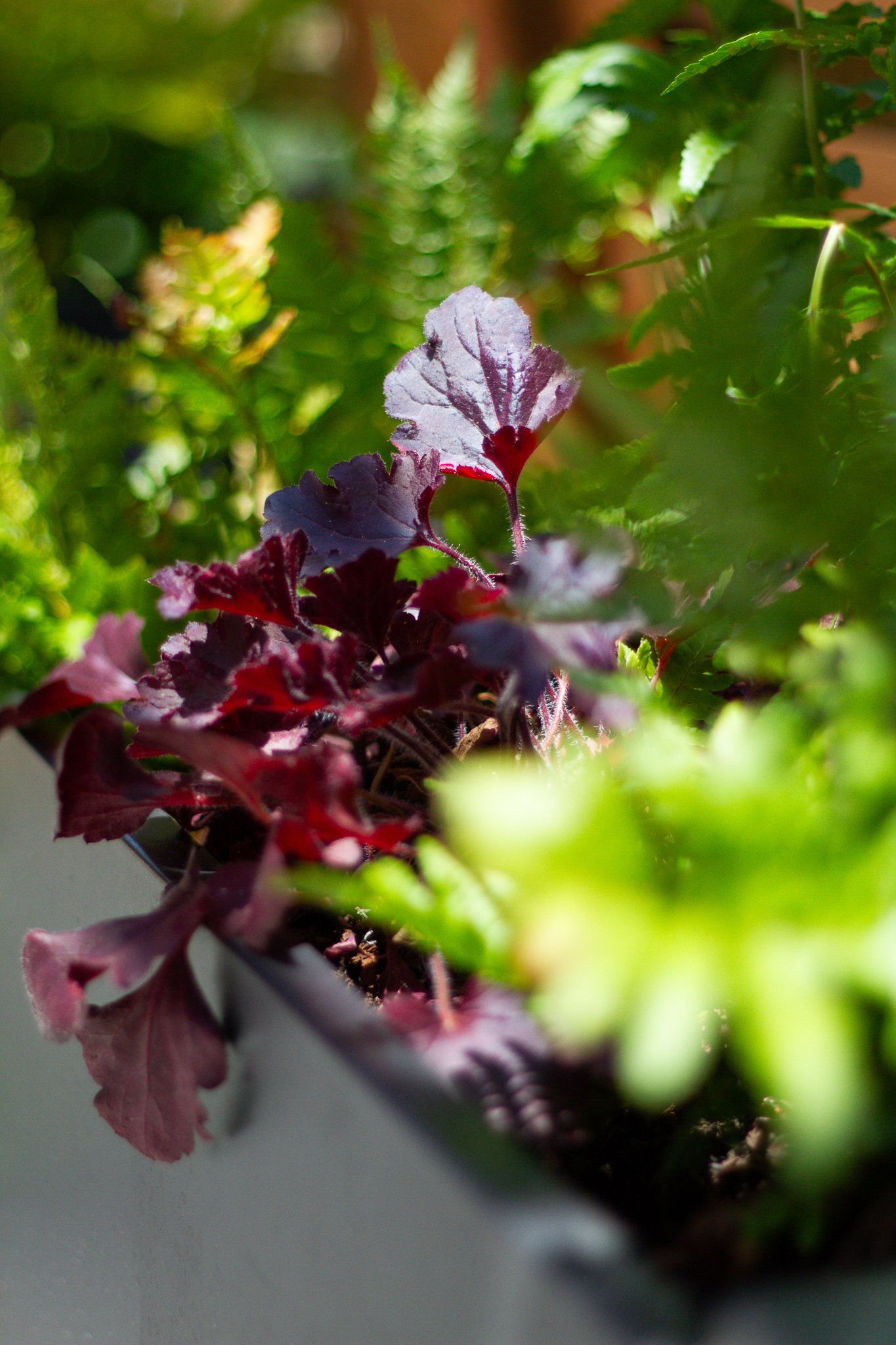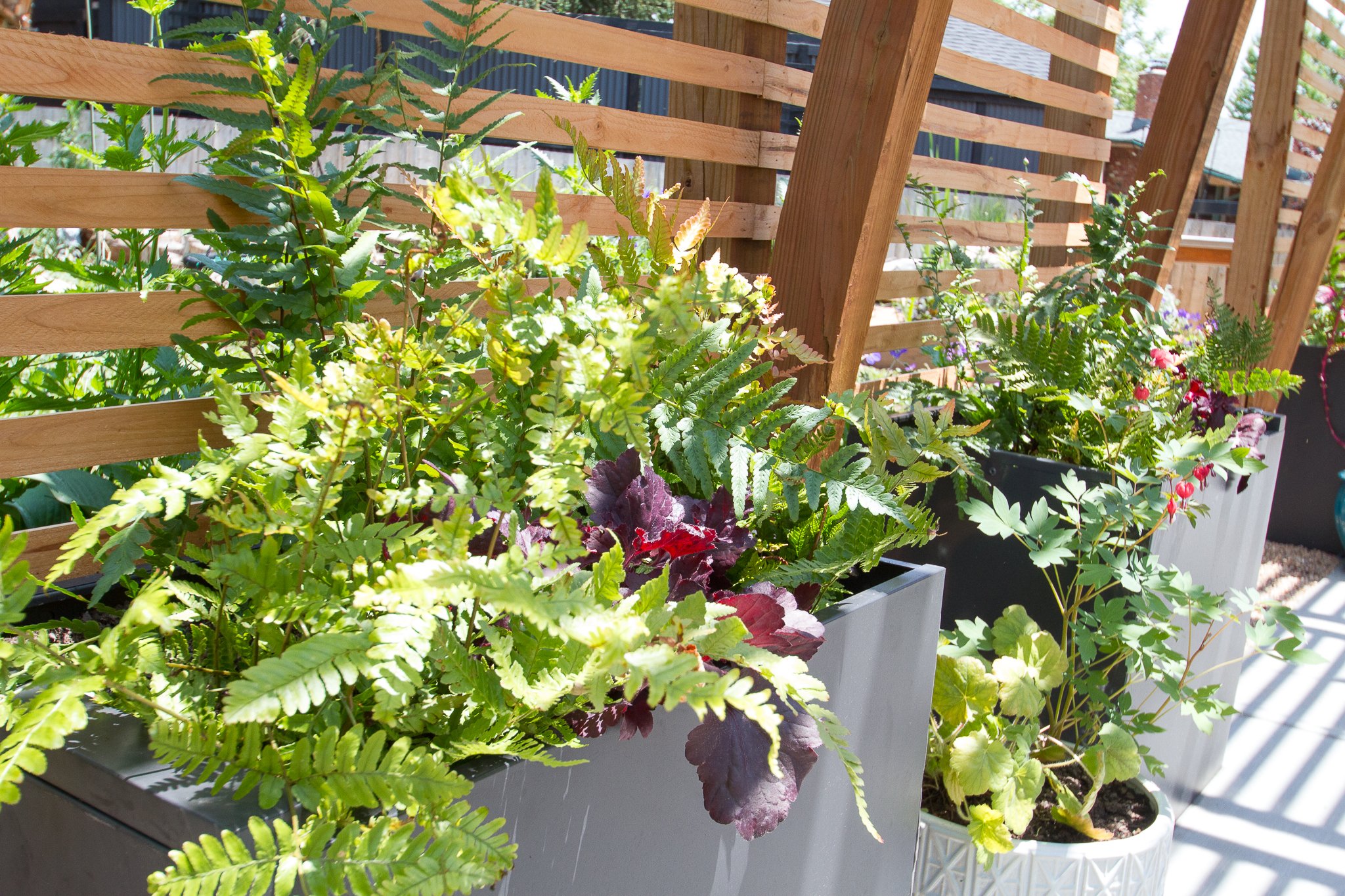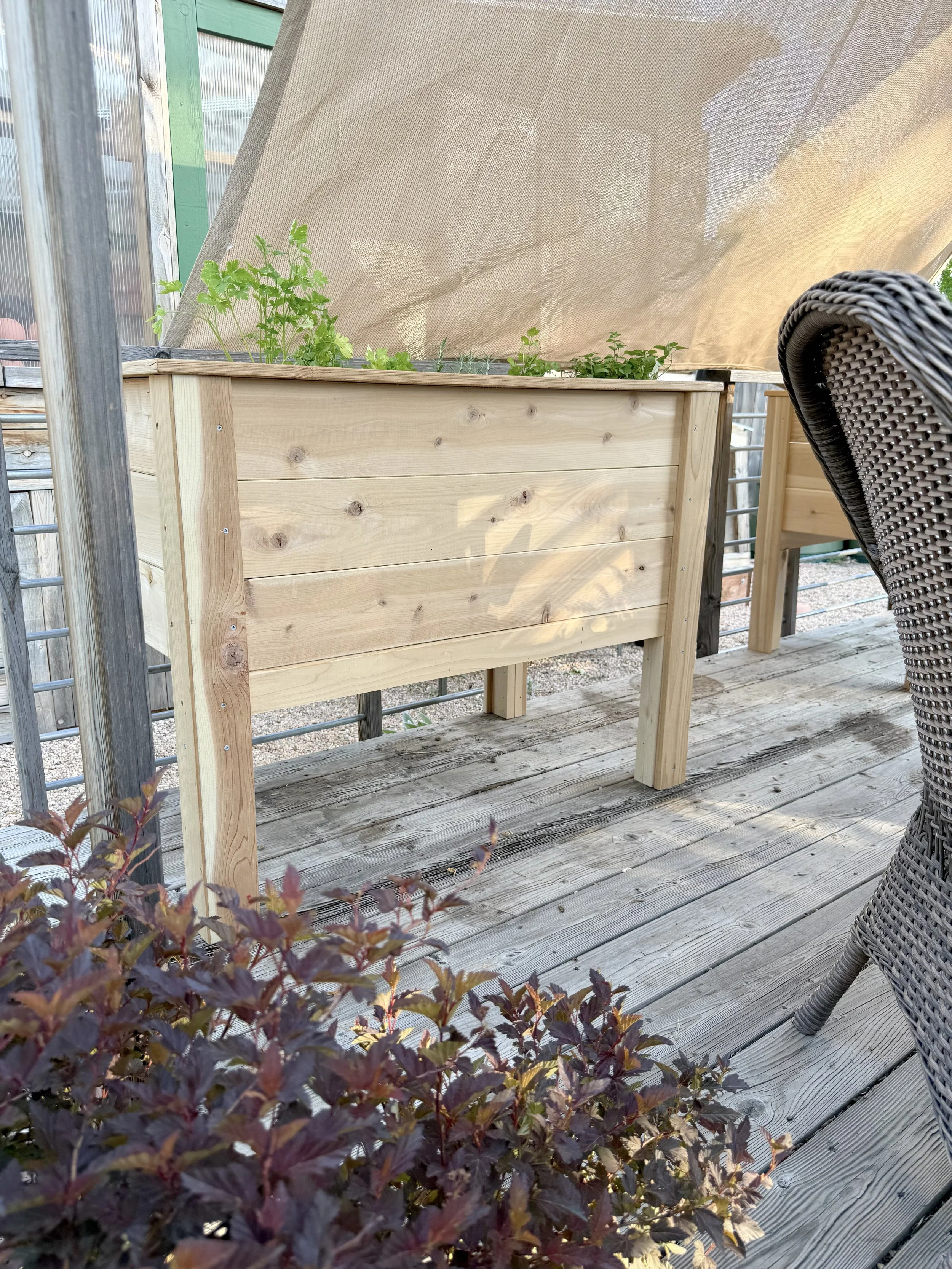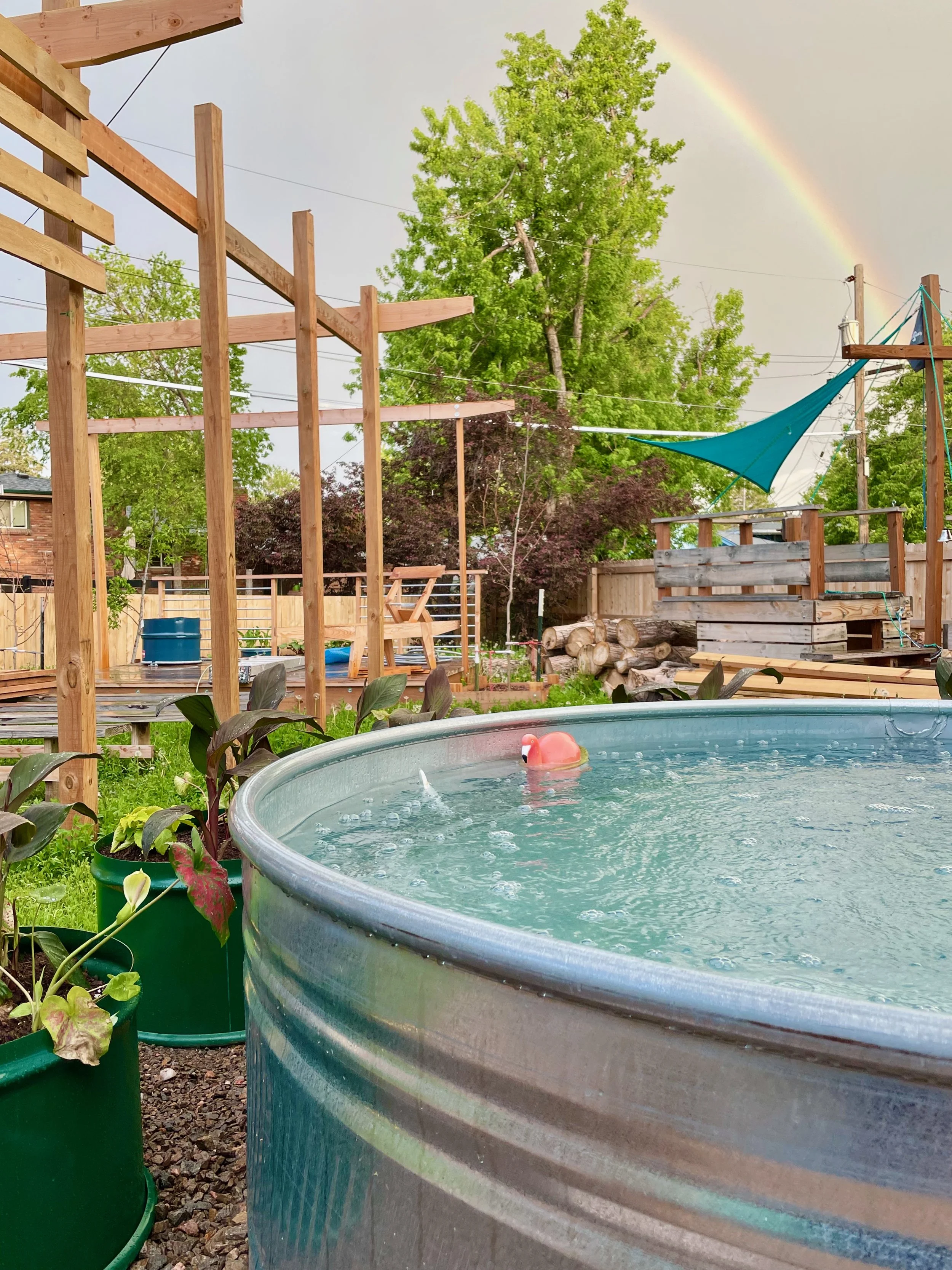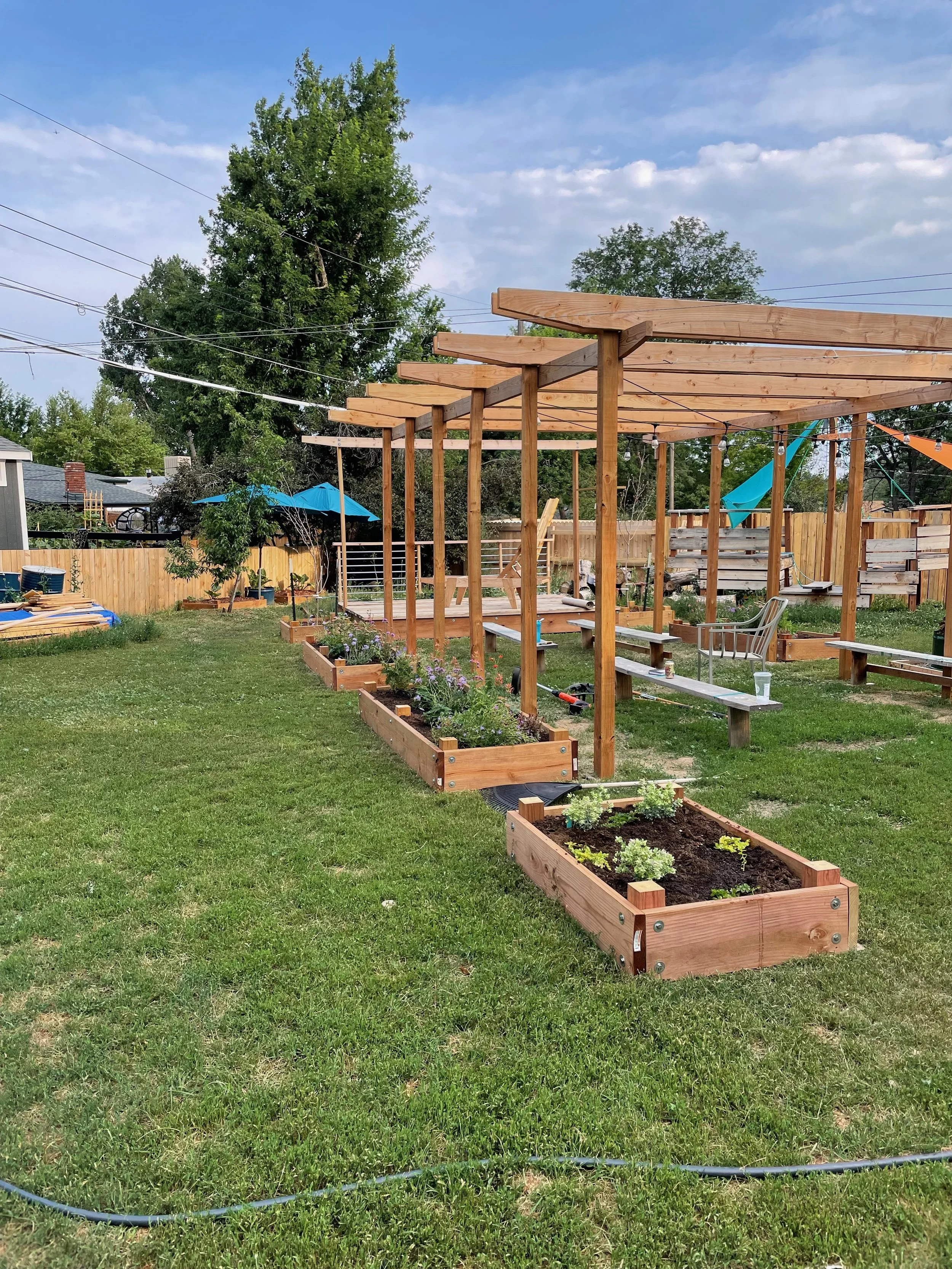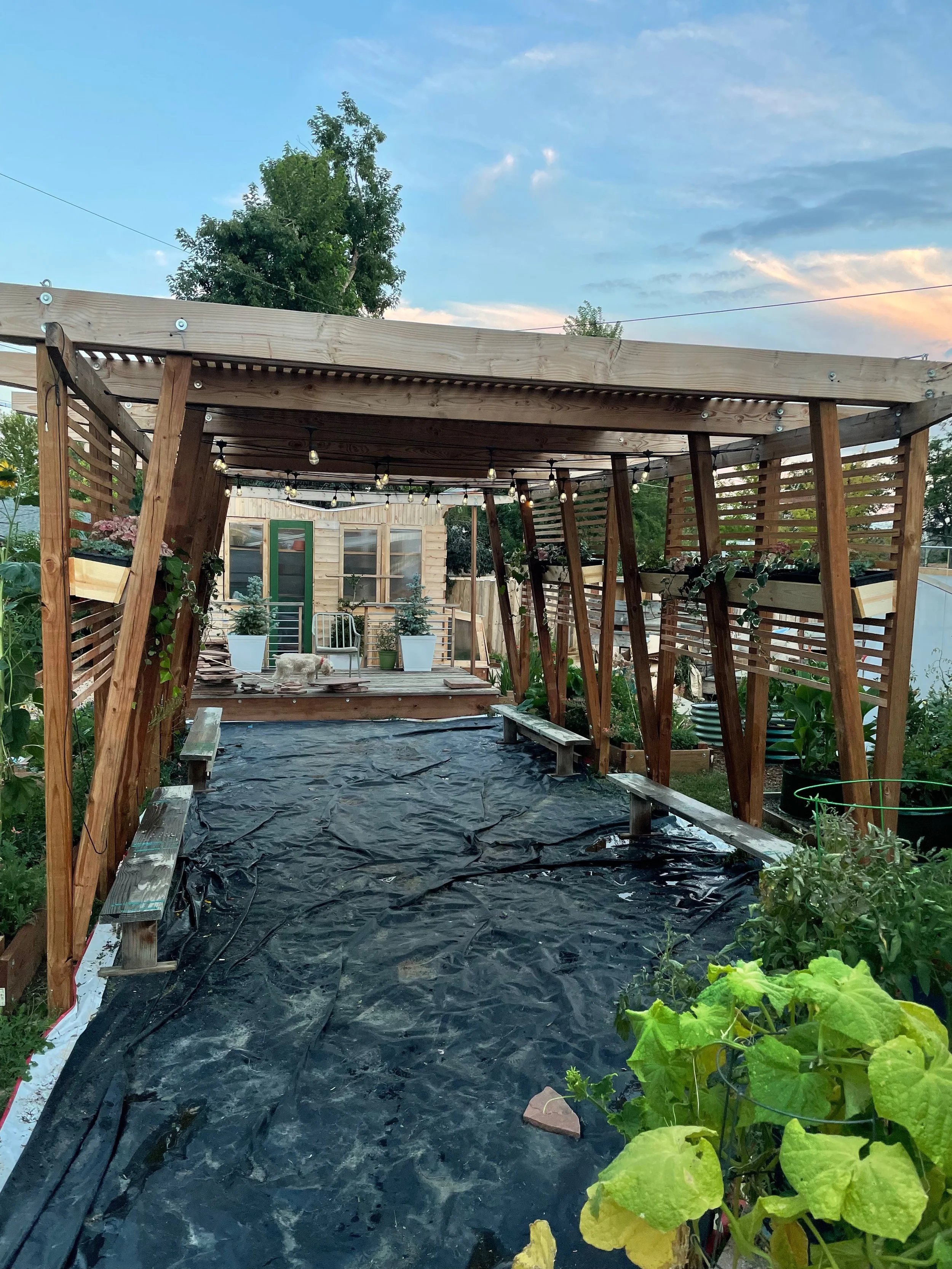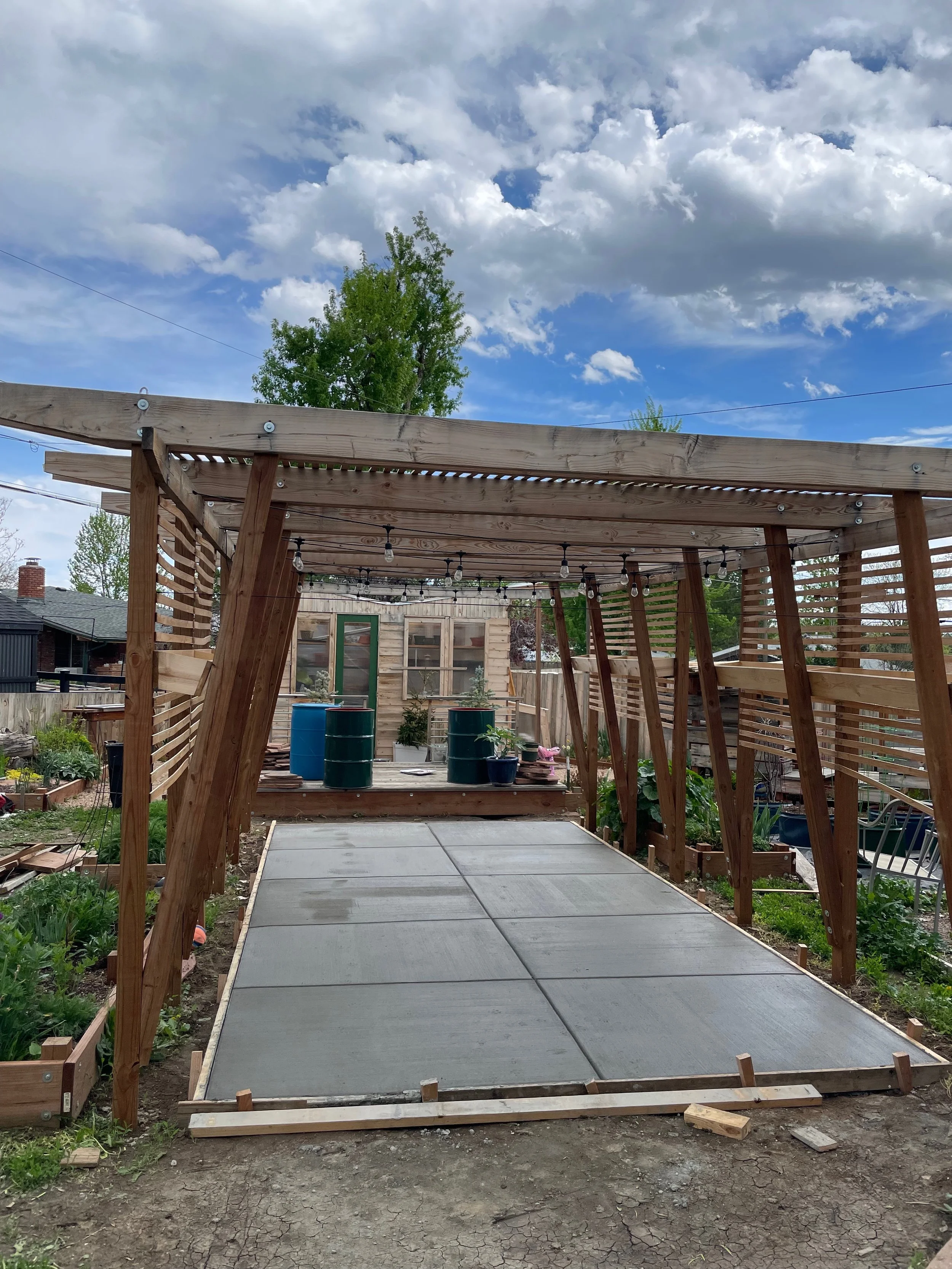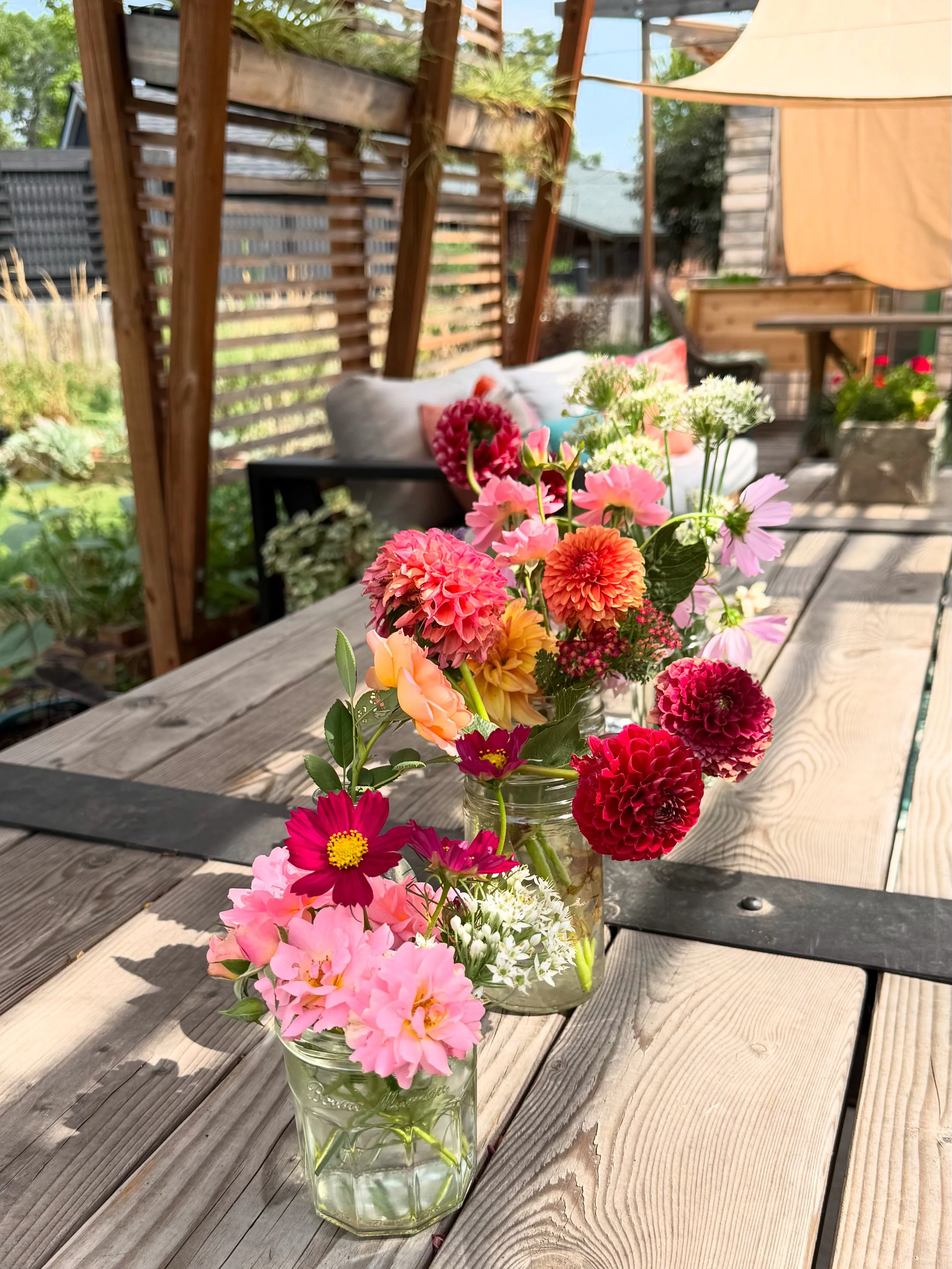What is a Shade House?
Tour my favorite part of the garden!
Summer has been busy—between life, gardening, and just trying to soak it all in. I don’t do this full-time, so sometimes writing and making videos take a backseat. But today is different. It’s cooler out, I’ve been gardening, and I even got to cool off in the pool. And I thought—this is the perfect time to finally answer one of the most common questions I get:
"What exactly is a Shade House?"
And more importantly—why did we build one, and why do we love it so much?
So, let's get started and take a tour of our Shade House!
Take A Video Tour
of the Shade House
Why We Needed Shade
A few years ago, our yard had a beautiful 70-year-old maple tree providing gorgeous, dappled shade. Sadly, it got sick and had to be removed. That changed everything. Suddenly, our entire yard was exposed to full sun—and as someone who is fair-skinned, sun-conscious, and obsessed with shade plants, I knew we had to come up with a solution.
We couldn’t exactly plant another tree and wait 70 years.
The Inspiration: Victorian Shade Houses
One day, I was watching an episode of Gardeners’ World (a must-watch, by the way), and saw a segment by the gardening historian Advolly Richmond. She shared a piece about Victorian Shade Houses—structures built in the 1800s to protect rare plant collections and offer a beautiful space for leisure. These weren’t greenhouses, but open-air shaded structures. That concept immediately clicked with me.
This was our answer.
Designing Our Shade House
We had a master plan for our backyard that we’d been rolling out in phases. At the time, we hadn’t even built our deck yet (which we love—more about that here!), but we decided the Shade House would come first.
The whole project took about two years—not because it was difficult, but because we were working around life, budget, and time. That’s just how we roll. We had the posts installed first, then built out the rest ourselves, hiring a contractor only for the concrete slab.
So, What Is a Shade House?
In an American context, some might call this a pergola or covered patio—and that’s not wrong. But because we based our design on the historical Shade Houses from England, and because it’s truly centered around plants and shade, we call it our Shade House.
It’s now a central feature in our yard. At 12 feet wide and 20 feet long, it includes:
A dining area
A lounging/sitting area
My personal plant nursery space at the far end
Planting in the Shade House
Inside the structure I have part-shade conditions. It gets some sun, especially on the south side, but it’s significantly cooler and gentler for both people and plants.
Some favorites in the space:
Kintzley’s Ghost Honeysuckle growing up the south wall—eventually it'll help shade the entire space.
Spider plants (usually houseplants!) up top, draping beautifully and swaying in the wind.
Hostas and Heuchera in large black planters—these don’t overwinter here, so I plant them out in the garden in the fall.
Assorted hanging baskets and part-sun potted plants that thrive in the filtered light.
Living in the Shade House
This space isn’t just about plants—it’s where we live in the summer.
I keep cut flowers on the dining table almost all the time—usually extra clippings from bouquets I make for inside.
Our seating area is perfect for morning coffee, afternoon naps, or evening relaxing. It gets morning sun, which makes it extra cozy for starting the day.
The furniture is covered when not in use, since the Shade House isn’t fully enclosed.
How We Built It: Materials & Cover
We built a post-and-beam structure and struggled a bit with how to actually provide enough shade. Eventually, we landed on a combo that works beautifully:
Wood lath strips (like the kind used in lath-and-plaster walls) are spaced evenly to filter about 50% of the sun. They’re imperfect, affordable, and give a charming, irregular shadow pattern that reminds me of Victorian structures.
Coolaroo sun shade fabric runs along the top for additional UV protection. It doesn’t fully cover every corner, but it makes a huge difference during hot midday sun.
Bonus Space: The “Stage” Turned Nursery
Behind the main structure is what we used to call "The Stage"—a small platform we built during the pandemic that our son used for performances and play. As he’s grown, it’s become my plant nursery.
It’s now used for:
Starting fall seeds
Hardening off young plants
Overflow from the greenhouse (which gets too hot in summer)
We even added another sun shade here, making it the perfect semi-sheltered spot for growing and experimenting.

at the close…
Why We Love It
This space has completely transformed how we use our backyard. It’s beautiful, functional, and deeply personal. It’s:
A place for gathering
A retreat for relaxing
A haven for growing things
And while it took time, intention, and effort, it’s been worth every bit of it.
If you’re thinking about building your own shaded retreat—whether you call it a pergola, patio, or Shade House—I hope this inspires you to create a space that works for your life, your garden, and your dreams.
Subscribe now so you never miss a thing!



